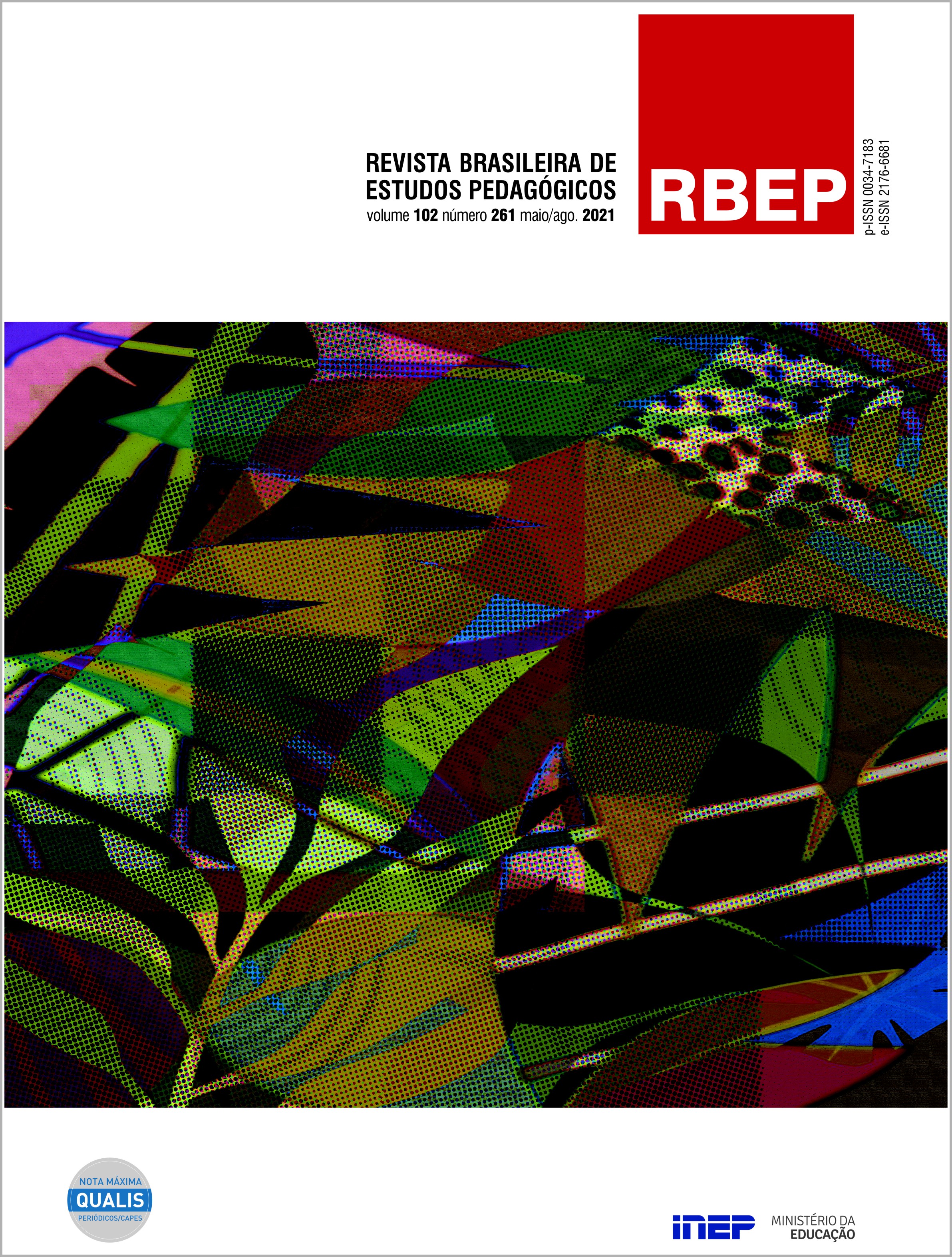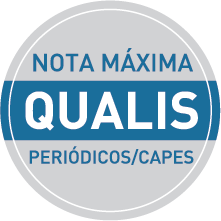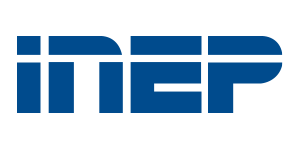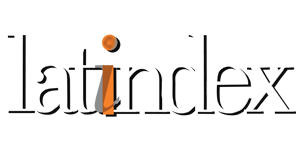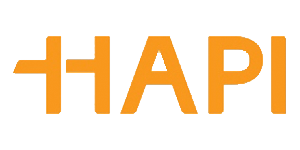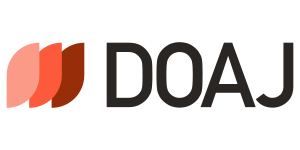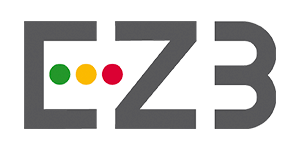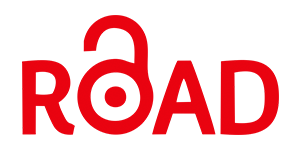Inclusion and accessibility at school: understanding visual impairment in Portuguese Language classes
Abstract
This work aims to report a pedagogical experience in the context of teaching and learning Portuguese language in a 6th grade class in middle school, in a basic education public school, in a federal public university in Pernambuco. This deals with themes of inclusion and accessibility at school related to the study of the discourse gender ‘interview’. Its theoretical framework encompasses assumptions by Mantoan (2003) and Sassaki (2002) regarding the horizon of inclusive education and Voloschínov (2017), Bakhtin (2003) and Marcuschi’s (2008) perspective of socio-interactional study of language. The objective was to develop a qualitative look over our pedagogical experience carried through August and December 2018. Its record was made through participant observation in field diaries in the course of 16 hours of classes. The experience takes part in the context of the school’s project of teaching/internship, aiming to support the initial teacher training in the context of the university, in particular, when it comes to the teaching degree course in Letters. Results show that, through the teaching-learning project, besides recognizing the social functioning and the textual characteristics of the interview, while interviewing a visually-impaired person, students understood that accessibility is a right people with disabilies need guaranteed so that they can have greater autonomy, participate more effectively in social life, and exercise their rights as citizens.
Downloads
Copyright (c) 2021 Brazilian Journal of Pedagogical Studies

This work is licensed under a Creative Commons Attribution 4.0 International License.
Once their work is accepted for publication, author’s copyrights are automatically relinquished to the National Institute for Educational Studies and Research Anísio Teixeira (Inep).
Since 2016, the journal Revista Brasileira de Estudos Pedagógicos (RBEP) uses the licence CC-BY.
Partial or total reproduction of the content of this Journal is permitted provided that the original publication is properly referenced, as well as a link to license CC BY 4.0 and to indicate any possible alterations made to the article.

